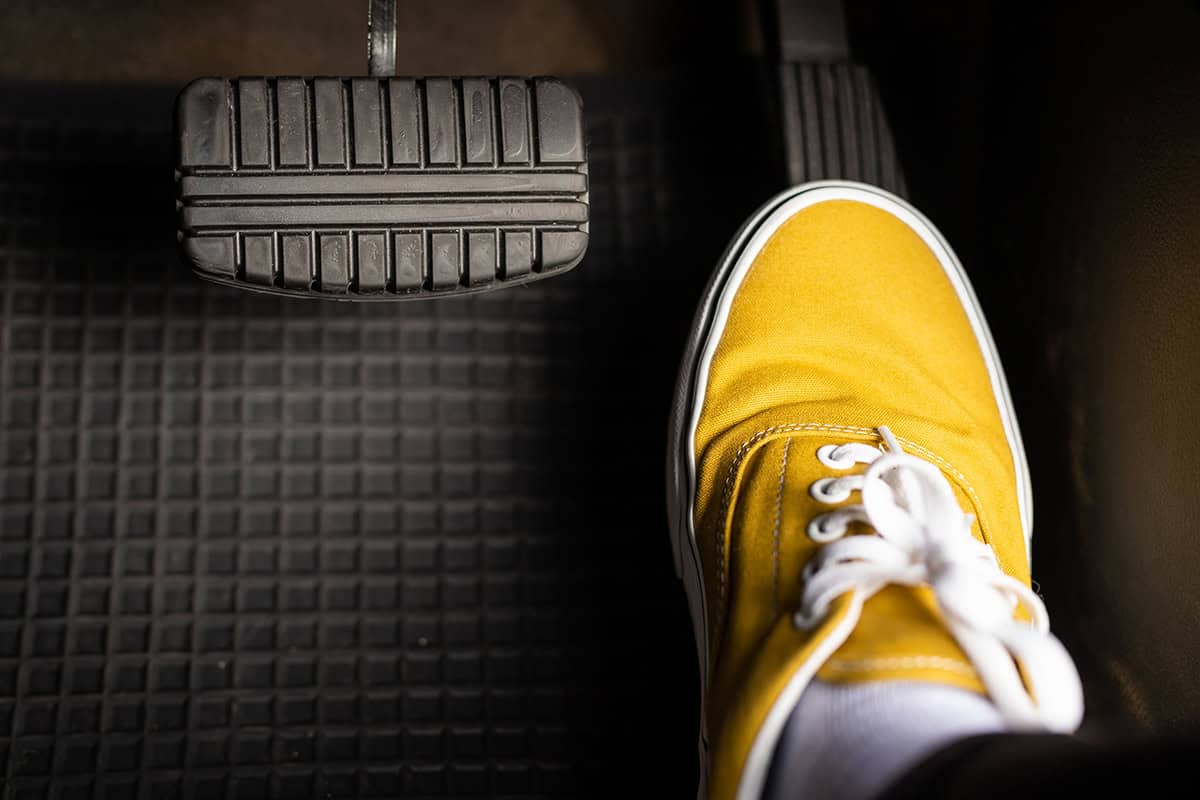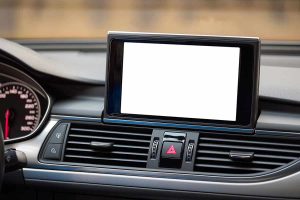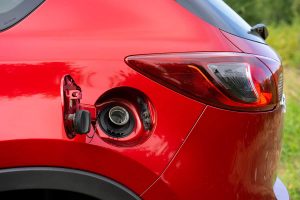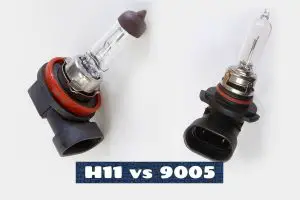When you press down on the gas pedal, you expect an immediate response—the car should accelerate. However, there can be instances where pressing the gas pedal results in no acceleration.
There can be a range of issues, from mechanical failures like a detached throttle cable to electronic glitches in the throttle position sensor. Possible solutions range from replacing faulty components (DIY-friendly) to assessing and repairing electrical issues (non-DIY-friendly).
This guide will take you through the ins and outs of a non-responsive gas pedal, as well as discuss potential fixes.
Basics of Gas Pedal Operation
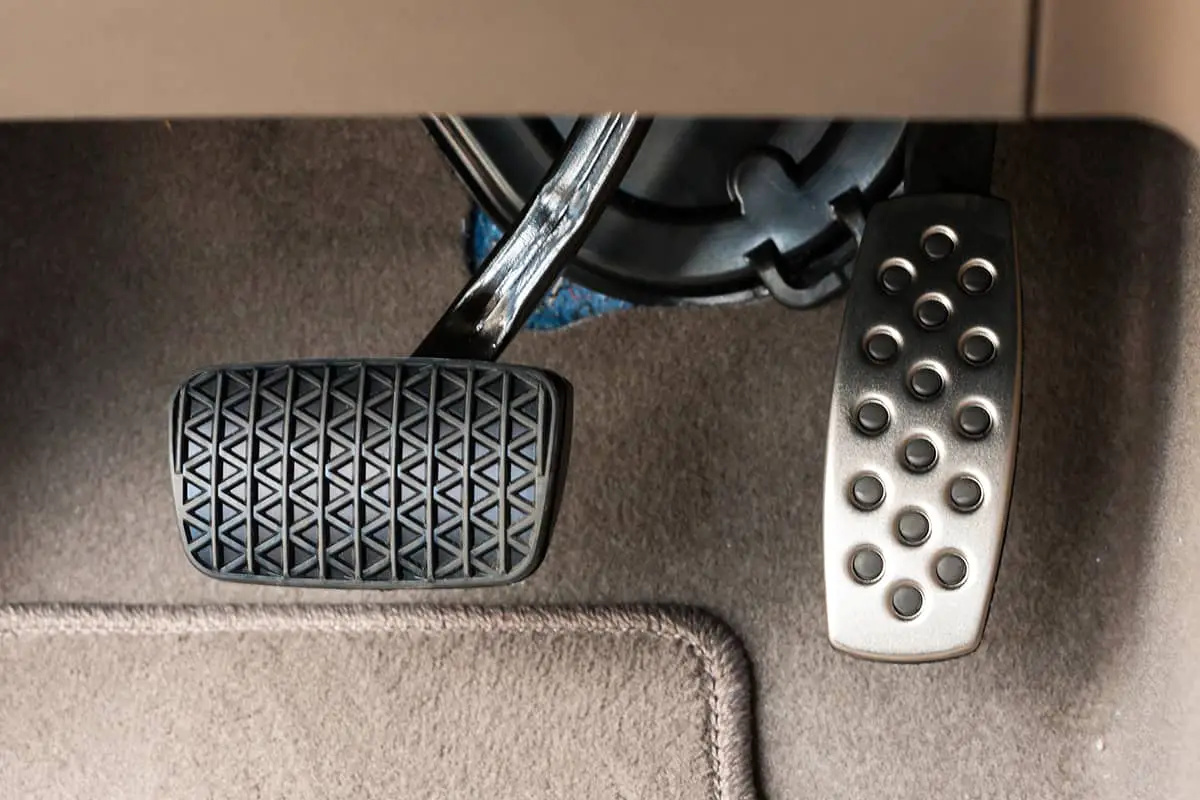
The gas pedal or accelerator acts as a communicator between the driver’s foot and the car’s engine. Its primary function is to control the amount of air and fuel entering the engine, which in turn determines the power output and speed of the vehicle.
Connection Between the Gas Pedal and the Engine
When you press down on the gas pedal, it activates a mechanism that adjusts the throttle valve in the engine’s intake system. This valve controls the amount of air flowing into the engine. The more you press the pedal, the wider the valve opens, allowing more air to enter.
Simultaneously, the vehicle’s fuel system injects a proportional amount of fuel. This air-fuel mixture combusts, generating the power needed to propel the car forward.
How Pressing the Gas Pedal Leads to Acceleration
The pressing action of the pedal, in essence, is a request for more power. As the throttle valve opens wider with increased pedal pressure, more air and fuel enter the combustion chamber. The subsequent explosion inside the chamber creates a more significant force, pushing the pistons with greater intensity.
This increased piston activity translates to the crankshaft, which then turns the car’s wheels with greater vigor, leading to acceleration.
Potential Causes for Gas Pedal Issues (and Fixes)
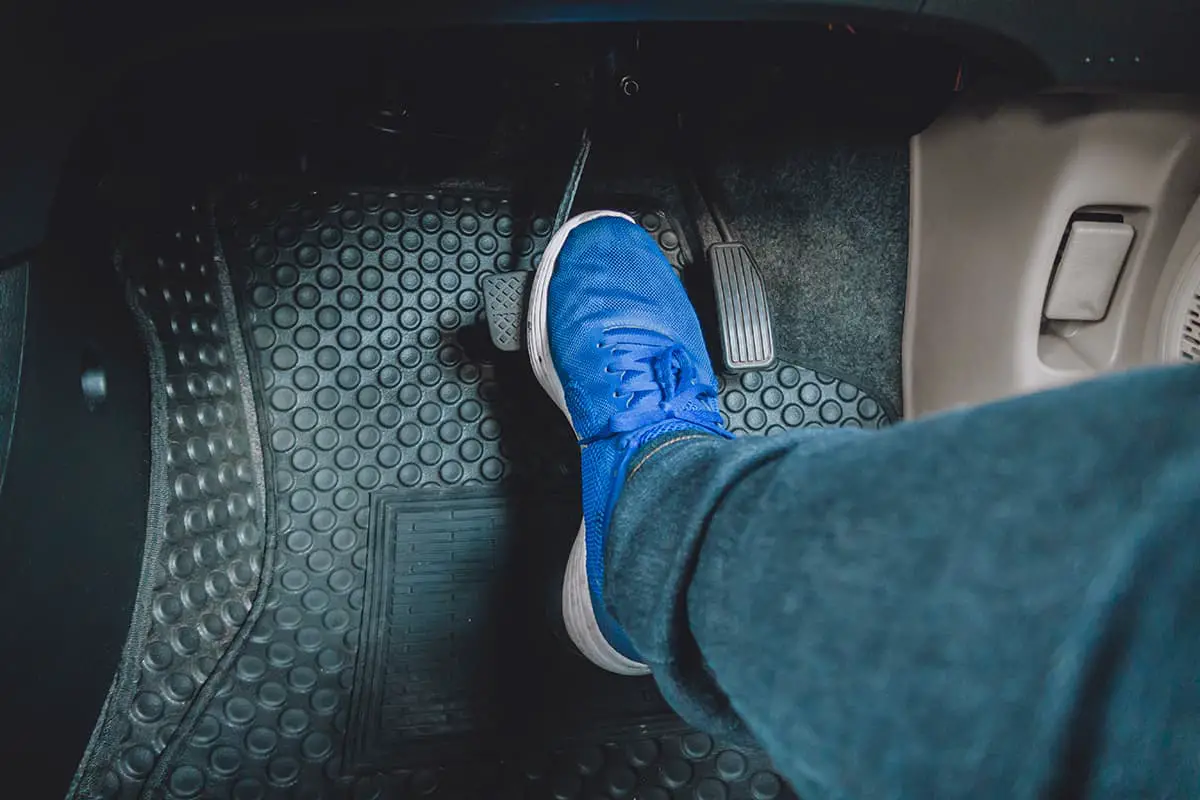
After understanding the barebones basics of how a gas pedal works, let’s now move onto the main focus of this guide—figuring out why your car doesn’t move when depressing the gas pedal.
1. Broken or Detached Throttle Cable
The throttle cable connects the gas pedal to the throttle body, facilitating acceleration. Over time, this cable can become worn, stretched, or even break. When this happens, the gas pedal might feel loose or unresponsive.
Fix:
Inspect the cable visually. If it appears damaged or disconnected, it will need replacement. While some car owners might tackle this task, it’s often best left to professionals due to the intricacy involved.
2. Malfunctioning Throttle Body
The throttle body controls the amount of air entering the engine. If it gets dirty or malfunctions, it can cause acceleration issues.
Fix:
A simple fix is cleaning the throttle body using a specialized cleaner. If the throttle body is damaged, it may require replacement.
3. Gas Pedal Assembly Wear and Tear
The gas pedal assembly can wear out over time, leading to issues like sticking or lack of responsiveness.
Fix:
Lubricating the assembly can sometimes resolve sticking issues. If wear is extensive, consider replacing the entire assembly.
4. Throttle Position Sensor (TPS) Issues
The TPS monitors the gas pedal’s position and sends this data to the car’s computer. A faulty TPS can result in uneven acceleration or a complete lack of response.
Fix:
A malfunctioning TPS usually requires replacement. After replacing, reset the car’s computer by disconnecting and reconnecting the battery.
5. Failures in the Electronic Throttle Control (ETC) System
Modern cars often use ETC systems instead of traditional cables. While they offer more precise control, they’re also susceptible to electronic glitches.
Fix:
Electronic issues can sometimes be resolved by resetting the car’s computer. Persistent problems might indicate a malfunctioning ETC component, which would need professional diagnosis and replacement.
6. Wiring Problems
Damaged or corroded wires can disrupt the communication between the gas pedal and engine.
Fix:
Inspect the wiring for visible damage. Replace any corroded or frayed wires. For hidden damages, a mechanic’s expertise is often necessary.
7. Clogged Fuel Injectors
Fuel injectors spray fuel into the combustion chamber. Over time, they can become clogged, which affects the gas pedal’s responsiveness.
Fix:
Using a fuel injector cleaner, which is added to the gas tank, can often resolve minor clogs. For severe blockages, consider professional cleaning or injector replacement.
8. Fuel Pump Failures
The fuel pump supplies fuel to the engine. A malfunctioning pump can reduce or stop this flow.
Fix:
A faulty fuel pump typically requires replacement. It’s a complex task that’s best handled by professionals.
9. Blocked or Dirty Fuel Filters
Fuel filters trap impurities. This can cause them to become clogged, resulting in a restricted flow of fuel.
Fix:
Replace the fuel filter. It’s a relatively straightforward task, but accessing the filter can be challenging in some car models.
10. Blocked Air Intake
The engine requires air for combustion. A blocked air intake can hinder this, affecting acceleration.
Fix:
Check the air filter. If it’s dirty, replace it. Ensure that the air intake isn’t obstructed by debris or other objects.
11. Faulty Mass Air Flow Sensor
This sensor measures the amount of air entering the engine, ensuring an optimal air-fuel mixture. A malfunction mass air flow sensor can lead to poor acceleration.
Fix:
Clean the sensor using a mass air flow sensor cleaner. If issues persist, consider replacement.
12. Faulty Engine Control Module (ECM)
The ECM is the car’s computer, controlling various functions, including acceleration. A malfunctioning ECM can disrupt these operations.
Fix:
Resetting the ECM by disconnecting the battery can sometimes resolve glitches. Persistent issues might require professional diagnosis and potential ECM replacement.
13. Onboard Computer Glitches
Modern vehicles rely heavily on computers. Software glitches can sometimes affect acceleration.
Fix:
An update or reset of the onboard computer software can often resolve these glitches. Consult the vehicle’s manual or a mechanic for guidance.
FAQs
1. How often should I check the throttle system?
Ideally, you should inspect the throttle system as part of your regular maintenance routine, typically every 70,000 to 100,000 miles or once a year, whichever comes first. During these checks, look for signs of wear and tear, such as frayed or stretched cables, and ensure that the throttle body is clean from dirt and debris.
2. Can I drive a car with a malfunctioning gas pedal?
While it might be tempting to push through and hope for the best, this can be risky. If your gas pedal is unresponsive or showing signs of failure, it means that your car may not accelerate when needed or could behave unpredictably. This poses safety risks not only for you but also for other road users.
For instance, if you’re merging onto a busy highway and your car fails to accelerate, it could result in a dangerous situation. Similarly, if the pedal sticks or provides uneven acceleration, you might lose control of the vehicle.
3. Is a malfunctioning gas pedal always a sign of a major problem?
A malfunctioning gas pedal doesn’t necessarily indicate a major problem, but it’s certainly a sign that something isn’t right. The severity and root cause can vary widely. For some issues, the fix might be relatively simple and inexpensive. For instance, a dirty throttle body might only require cleaning, or a loose throttle cable might just need adjustment.
On the other hand, there are cases where the problem is more complex. An electronic throttle control system failure or a malfunctioning engine control module can be pricier to address.
